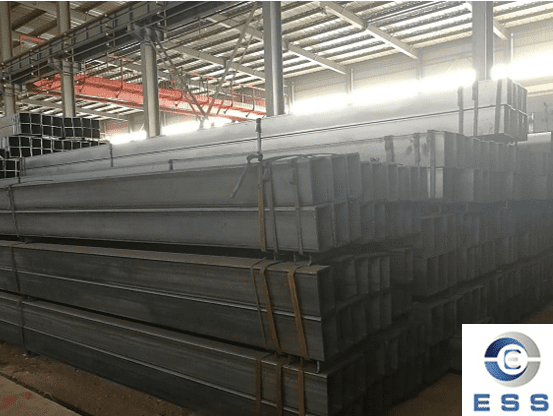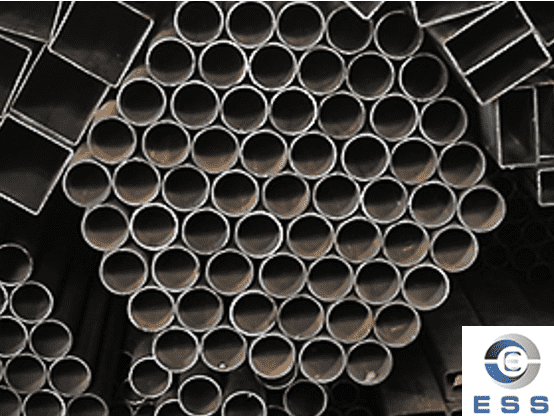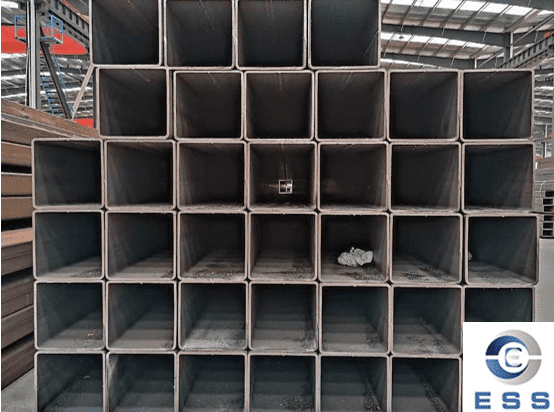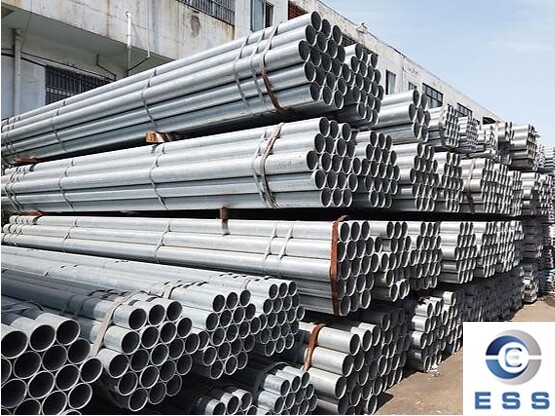
As a common material widely used, mild
steel pipe is often used to manufacture various parts, components, etc.
Cold bending of mild steel pipe is a processing method that directly processes
steel at room temperature and bends it into the desired shape or curve
What is cold bending
Cold bending refers to applying external
force to the steel pipe at room temperature to make it plastically deformed, so
as to achieve a predetermined bending angle and curvature. This method mainly
relies on mechanical equipment such as pipe bending machines, rolling machines,
and stretch bending machines. In the processing of seamless
steel pipes, the cold bending process can form it into a specific pipe
shape for different scenes such as construction and machinery
Process characteristics of cold bending
1. Advantages:
High processing efficiency: no heating is
required, the equipment is simple to operate, and it is suitable for mass
production.
Low cost: no additional energy heating is required,
reducing energy consumption.
High dimensional accuracy: after cold
bending, the surface of the bent pipe is smooth and the dimensional accuracy is
high.
Low environmental impact: no oxide scale
will be produced, and the anti-corrosion layer on the surface of the pipe will
not be affected.
2. Disadvantages:
Bending angle is limited: Due to the
elastic recovery of the material, a large bending angle will cause rebound
problems.
High risk of fracture: For high-strength
steel or steel pipes with thick walls, cold bending is prone to cracks or even
fractures.
Large residual stress: After cold bending,
large residual stress may be generated inside the material, affecting the
long-term performance of the steel pipe.
Cold bending method
1. Manual cold bending method
Manual cold bending method refers to
bending steel pipes with hand tools, such as pipe bender, elbow, etc. This
method is suitable for small batch production, but the accuracy is low, and the
bending angle and radius are difficult to control.
2. Mold cold bending method
Mold cold bending method refers to bending
steel pipes with molds. This method is suitable for mass production, can
control the bending angle and radius, and has high accuracy. It is very
suitable for large-scale steel pipe manufacturers, especially manufacturers of precision
tubes.
3. Hydraulic cold bending method
Hydraulic cold bending method refers to
bending steel pipes with hydraulic presses. This method is suitable for
large-scale production, can control the bending angle and radius, and has high
accuracy, but the equipment cost is high.
Factors affecting cold bending of mild
steel pipes
1. Material composition
Mild steel pipes usually have high
ductility and plasticity, and are easy to cold-bend.
2. Hardness and strength
The higher the hardness and strength of the
steel, the more difficult it is to cold-bend, and more cold-bending strength or
adjustment of the cold-bending angle is required. For occasions such as drill pipes that have special requirements for the strength and hardness of steel pipes,
fine adjustments and optimizations are often required in the cold-bending
process.
3. Cold-bending radius
If the cold-bending radius is smaller than
the curvature radius of the material itself, it will cause the material to bend
or shear, thereby affecting the accuracy and quality of the shape after cold
bending.
4. Cold-bending temperature
Some mild steel pipes have strong
low-temperature brittleness. If the cold-bending temperature is too low, it may
cause cracks, fractures and other failures in the material, and even cause
material damage. During the installation and manufacturing of pipelines in cold
areas or low-temperature environments, such as some outdoor casing pipe installation operations, attention should be paid to the control of
cold-bending temperature.
5. Number of cold bending times
The more times the material is cold bent,
the easier it is to form cracks and fissures at the bends, affecting the shape
and surface quality.
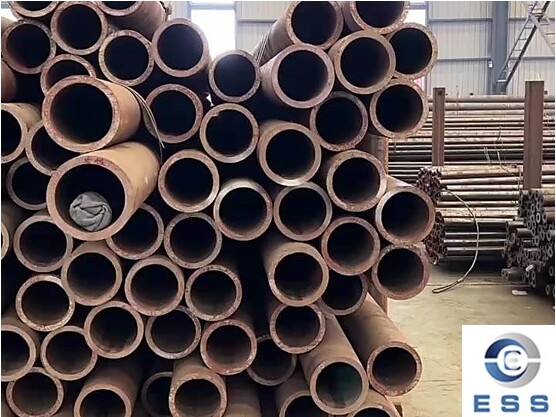
Cold bending processing standards for
mild steel pipes
1. Roundness tolerance standard
The steel pipe after cold bending should
maintain its original roundness, and no eccentricity, distortion, etc. should
occur. Under normal circumstances, the roundness deviation of the steel pipe
after cold bending should not exceed 3% of its diameter.
2. Shape tolerance standard
The shape of the steel pipe after cold
bending should meet the national standard requirements for steel pipes. The
size, angle, bending radius, etc. should meet the requirements, and no dents,
deformation, etc. should occur. In the large-scale production of carbon
steel pipes, the shape tolerance standard is the basis for ensuring
qualified product quality
3. Wall thickness tolerance standard
The wall thickness of the steel pipe before
cold bending should meet the design requirements, and the wall thickness should
not be thin or thick after cold bending. Under normal circumstances, the wall
thickness of the steel pipe after cold bending should meet the error range of
the original wall thickness.
4. Bending strength standard
The steel pipe after cold bending should
maintain good bending strength, and no cracking or breaking should occur. Under
normal circumstances, the bending strength of the steel pipe after cold bending
should be at least 85% of the original.
5. Dimension tolerance standard
The dimensional error of the steel pipe
after cold bending should meet the requirements of national standards.
Cold bending process recommendations for
mild steel pipes
1. Select appropriate cold bending
equipment and process parameters, and select appropriate cold bending force and
angle parameters according to material composition, hardness and strength.
2. Ensure that the cold bending radius of
the material is large enough, and the bending angle of the material should not
be less than 3 times the radius of curvature to prevent the influence of
material bending and shear deformation.
3. Control the cold bending temperature,
heat up slowly, try to avoid excessive material temperature, and avoid the
influence of low-temperature brittleness.
4. Control the number of cold bending to
avoid excessive bending that causes material failure such as cracking and
cracking.
5. Pay attention to the changes on the
surface of the material during the cold bending process. Once damage, cracks,
etc. are found, the cold bending process should be stopped in time.
Conclusion
Cold bending is a very practical processing
method, which is not only low-cost but also widely applicable. In practical
applications, attention should be paid to selecting the appropriate processing
method and paying attention to safety and quality control during processing.
For the cold bending processing of mild steel pipes, it is necessary to control
the cold bending radius, temperature and number of times to ensure the accuracy
and quality of the cold bending shape, and pay attention to observing the changes
on the material surface to ensure the safety of the cold bending process.
Read more: Thermal conductivity of carbon steel pipe or Difference between mild steel pipe and carbon steel pipe













 Eastern Steel Manufacturing Co.,Ltd not only improve product production and sales services, but also provide additional value-added services. As long as you need, we can complete your specific needs together.
Eastern Steel Manufacturing Co.,Ltd not only improve product production and sales services, but also provide additional value-added services. As long as you need, we can complete your specific needs together.








